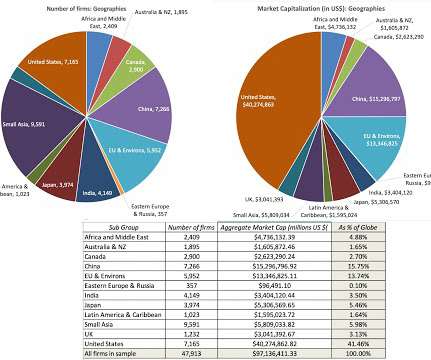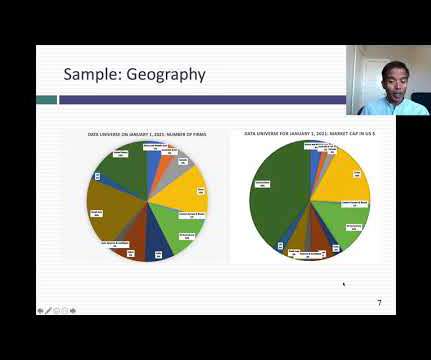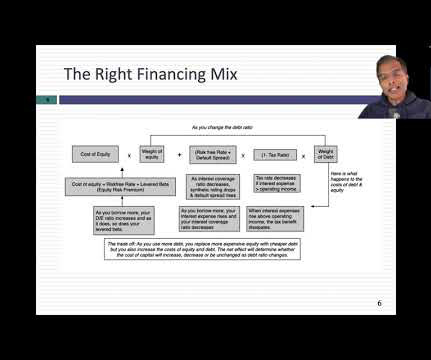Data Update 1 for 2024: The data speaks, but what does it say?
Musings on Markets
JANUARY 5, 2024
Since I am lucky enough to have access to databases that carry data on all publicly traded stocks, I choose all publicly traded companies, with a market price that exceeds zero, as my universe, for computing all statistics. Beta & Risk 1. Return on Equity 1. Equity Risk Premiums 2. Financing Flows 5.












Let's personalize your content